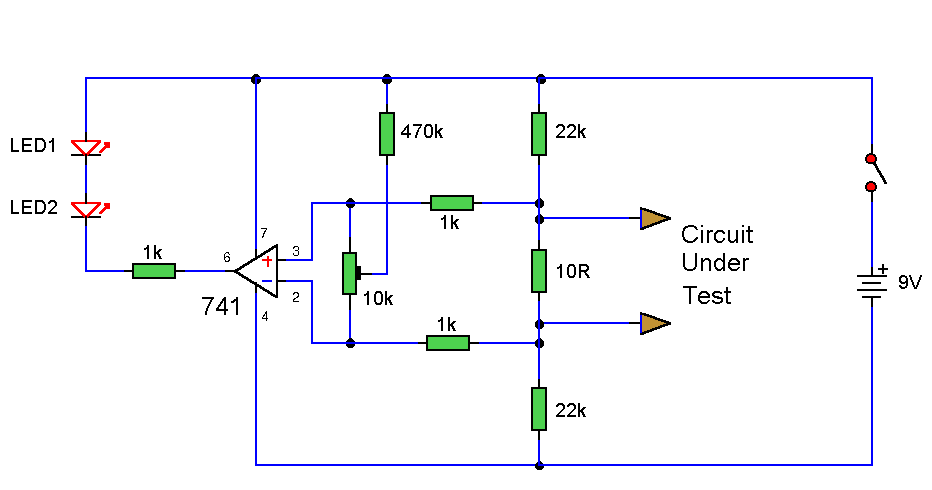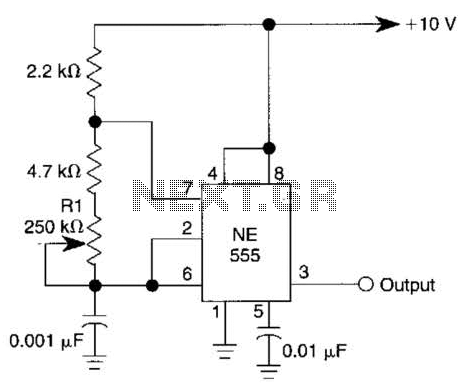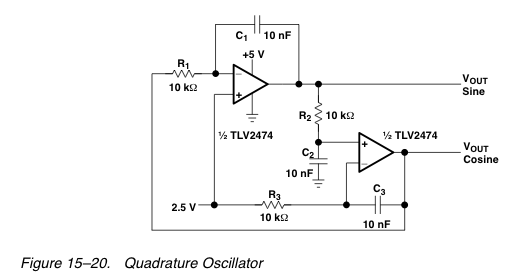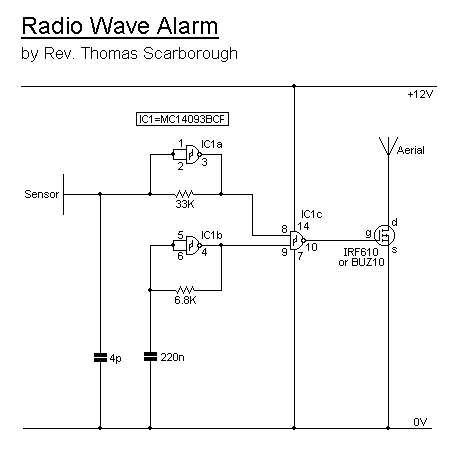
How to connect a crystal oscillator to generate Square wave
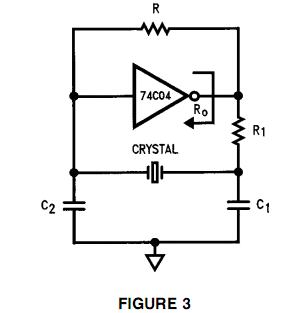
To generate a 1 MHz square wave, it is advisable to use a higher frequency crystal and divide it down for two reasons: (1) 4 MHz crystals are generally more affordable and easier to procure than 1 MHz crystals; (2) Achieving a precise 50.0000% duty cycle directly from a crystal can be challenging. In contrast, converting the signal from a crystal into a pulse wave (by passing it through one or two inverters) and then dividing it down will yield a waveform that naturally maintains a perfect 50% duty cycle.
To implement a circuit that generates a 1 MHz square wave using a higher frequency crystal, a typical approach involves the use of a 4 MHz crystal oscillator circuit. This circuit can be configured using a simple inverter or a series of inverters to shape the output signal. The crystal oscillator circuit would typically consist of a crystal connected in the feedback loop of an inverter gate, which will oscillate at the frequency of the crystal.
Once the 4 MHz signal is generated, it can be divided down to 1 MHz using a frequency divider circuit. A common method for frequency division is to use a flip-flop, specifically a D-type or T-type flip-flop. By connecting the output of the inverter to the clock input of the flip-flop, the output frequency will be halved. The resulting square wave will have a 50% duty cycle, which is ideal for many digital applications.
In summary, the circuit design involves the following key components: a 4 MHz crystal oscillator, one or two inverters for signal shaping, and a flip-flop for frequency division. This arrangement ensures that a clean, stable 1 MHz square wave is produced with the desired duty cycle, suitable for various electronic applications.If you want a 1MHz square wave, I would suggest using a higher frequency crystal and dividing it down, for two reasons: (1) 4MHz crystals are apt to be cheaper and easier to find than 1MHz ones; (2) Getting a 50. 0000% duty cycle from a crystal is a bit tricky; by contrast, if one converts the signal from a crystal into a pulse wave (just pass it through an inverter or two) and
divides that down, the resulting wave will "naturally" have a perfect 50% duty cycle. supercat Nov 19 `12 at 16:52 🔗 External reference
To implement a circuit that generates a 1 MHz square wave using a higher frequency crystal, a typical approach involves the use of a 4 MHz crystal oscillator circuit. This circuit can be configured using a simple inverter or a series of inverters to shape the output signal. The crystal oscillator circuit would typically consist of a crystal connected in the feedback loop of an inverter gate, which will oscillate at the frequency of the crystal.
Once the 4 MHz signal is generated, it can be divided down to 1 MHz using a frequency divider circuit. A common method for frequency division is to use a flip-flop, specifically a D-type or T-type flip-flop. By connecting the output of the inverter to the clock input of the flip-flop, the output frequency will be halved. The resulting square wave will have a 50% duty cycle, which is ideal for many digital applications.
In summary, the circuit design involves the following key components: a 4 MHz crystal oscillator, one or two inverters for signal shaping, and a flip-flop for frequency division. This arrangement ensures that a clean, stable 1 MHz square wave is produced with the desired duty cycle, suitable for various electronic applications.If you want a 1MHz square wave, I would suggest using a higher frequency crystal and dividing it down, for two reasons: (1) 4MHz crystals are apt to be cheaper and easier to find than 1MHz ones; (2) Getting a 50. 0000% duty cycle from a crystal is a bit tricky; by contrast, if one converts the signal from a crystal into a pulse wave (just pass it through an inverter or two) and
divides that down, the resulting wave will "naturally" have a perfect 50% duty cycle. supercat Nov 19 `12 at 16:52 🔗 External reference

